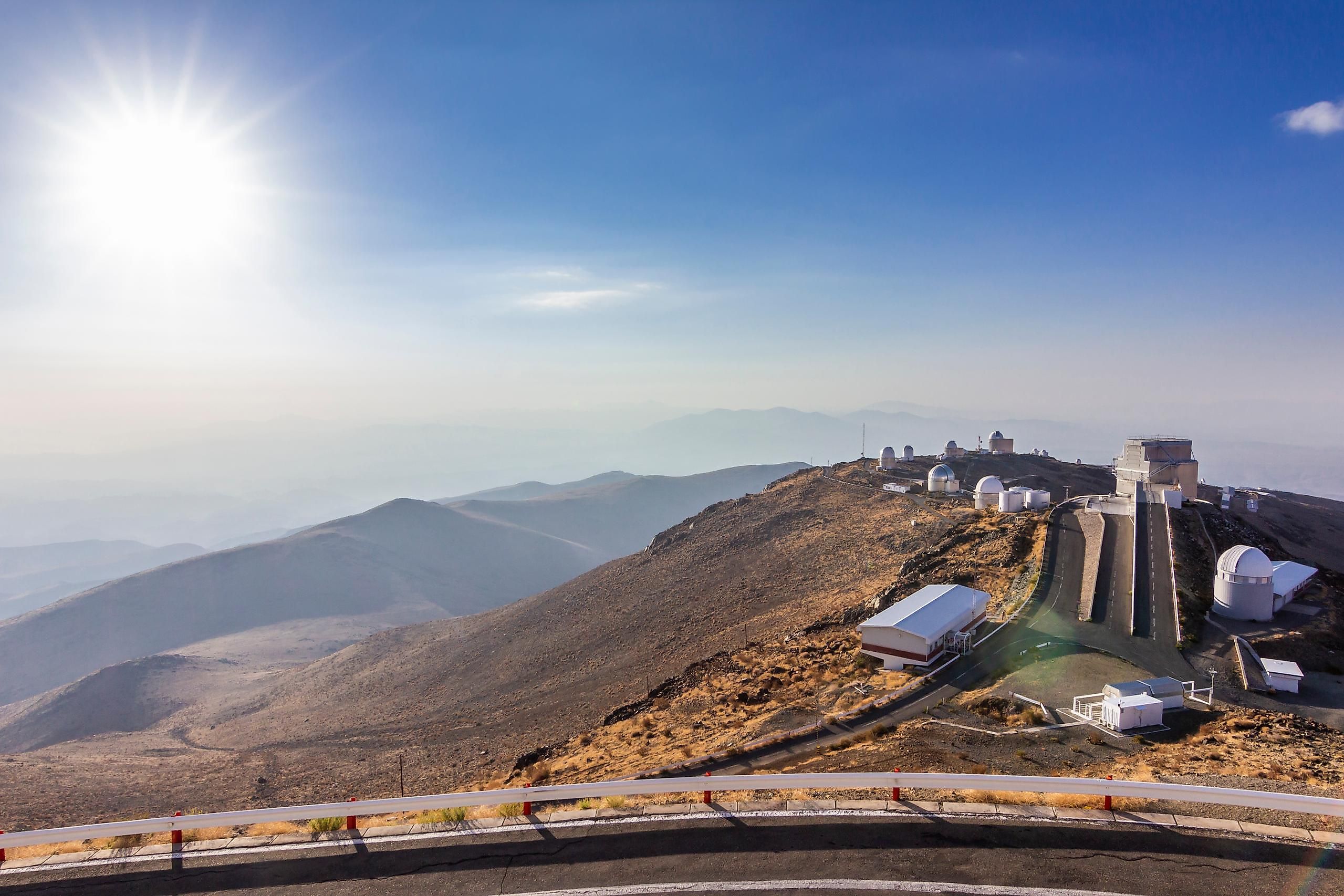
The 10 Best Astronomical Observatories In The World
The night skies have fascinated humans for millennia. It's surreal to think that the Earth is merely a "pale blue dot," quietly sitting in the vastness of the Milky Way Galaxy against the cosmic landscapes of stars, asteroids, and other extraterrestrial elements. For millennia, inquisitive minds have dedicated their time and brain power to studying the stars and the mystery of outer space with the help of telescopes and the astronomical observatories that house them.
Maunakea Observatories, Hawaii, United States
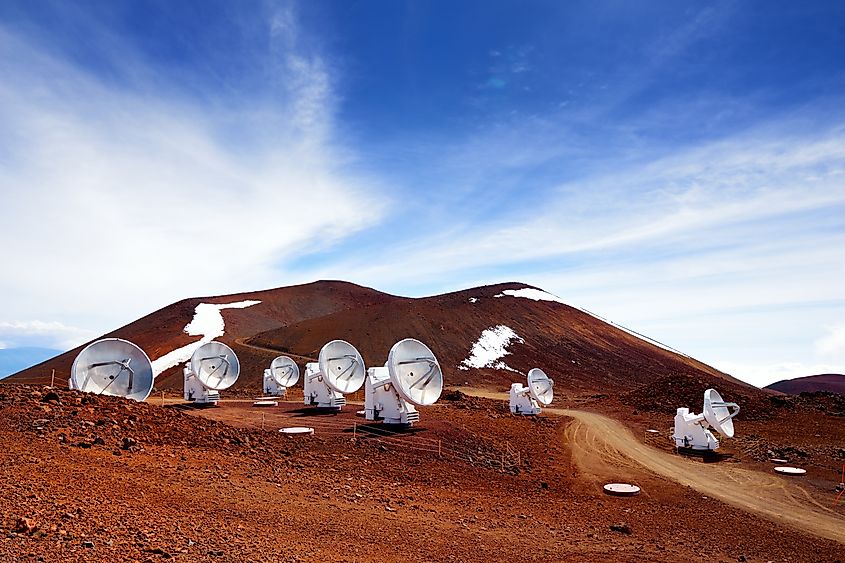
The Maunakea Observatories are a series of telescopes in Maunakea (on the Island of Hawaii), which 12 separate and non-profit institutions operate. Maunakea's landscape is an ideal location for an observatory due to its summit's high altitude, dark skies (due to its isolation from major cities), cloud coverage, low humidity, minimal turbulence from trade winds, and massive shield volcano. As a result, compared to other sites, the Maunakea Observatories can enjoy clear images of stars, planets, and other cosmic entities.
Through the years, important discoveries were made at Maunakea, including the universe's accelerating rate of expansion (due to dark energy), a discovery of a supermassive black hole in the Milky Way galaxy, exoplanet discovery, asteroid detection and monitoring, and studies involving a distant galaxy.
The Kitt Peak National Observatory, Arizona, United States
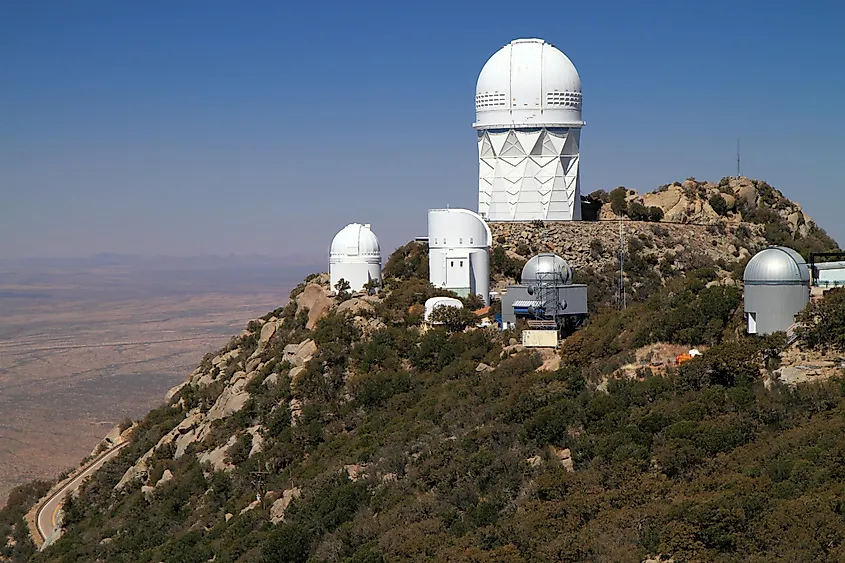
Also known as the KPKO, the Kitt Peak National Observatory sits 6,875 feet high in the Schuk Toak District on the Tohono O'odham Nation, southwest of Tucson in Arizona. Founded in 1958, the KPKO houses the largest collection of optical and radio telescopes. Specifically, this Arizona observatory has three major nighttime telescopes, two radio telescopes, and 22 optical telescopes.
The KPKO hosts scientific research projects, including the Dark Energy Spectroscopic Instrument (DESI) and the NN-Explore Exoplanet Investigations with Doppler Spectroscopy (NEID). The DESI project aims to explore the impact of dark energy on the universe's expansion, while the NEID project will measure the motion of nearby stars.
Besides being a research facility, the KPKO has a visitor center, which has welcomed 2 million curious visitors since 1964. The Kitt Peak Visitor Center offers visitors a collection of telescopes for stargazing and public viewing.
Royal Observatory Greenwich, London, United Kingdom
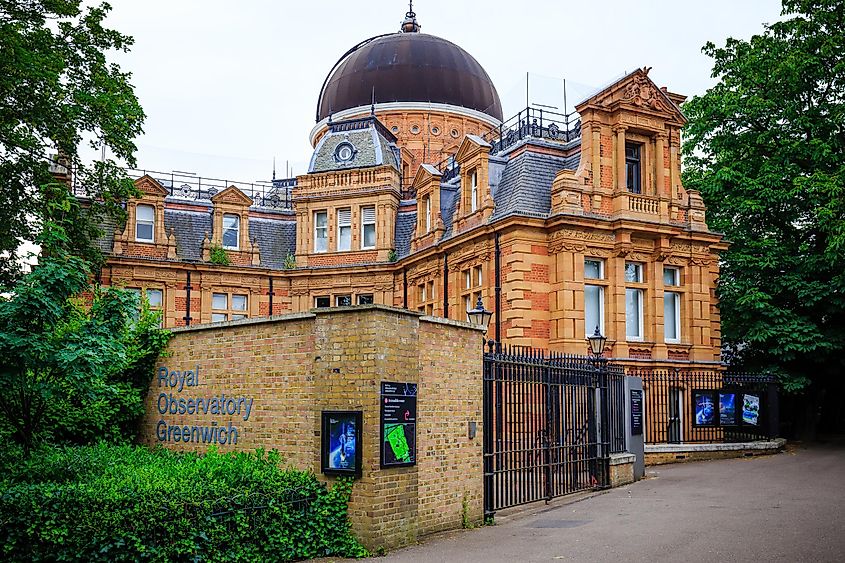
Sitting atop a hill in Greenwich Park, in southeast London, the Royal Observatory overlooks the River Thames. Also known as the ROG, the Royal Observatory was founded in 1675 by King Charles II to aid in Britain's overseas expeditions. John Flamsteed, the appointed "King's Astronomical Observator" was given £500 to build the Observatory in Greenwich.
Since the late 19th century, the Royal Observatory was credited for the world's Prime Meridian, or the Longitude coordinates 0° 0' 0''. In 1884, The Greenwich Meridian was appointed the Prime Meridian of the world, a decision made by 41 delegates (from 25 nations) during Washington DC's International Meridian Conference.
Scientific work of the observatory relocated in the first half of the 20th century, due to the city's atmospheric pollution and interference from the nearby train lines. As a result, the Royal Observatory functions almost exclusively as a museum in modern times.
Lowell Observatory, Arizona, United States
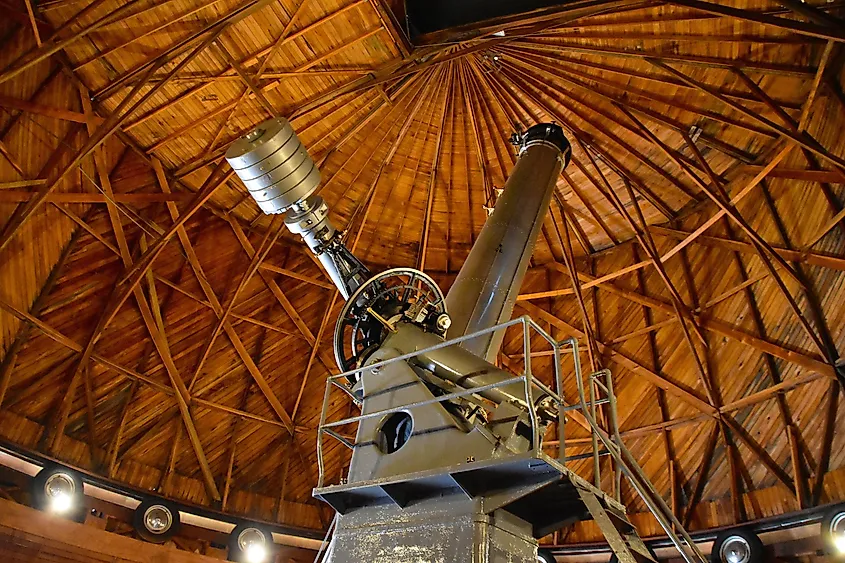
The Lowell Observatory is home to the Lowell Discovery Telescope, formerly the Discovery Channel Telescope. Regarded as one of the world's most versatile telescopes, the LDT spans 4.3 meters with several attachments and can harness four different optical configurations (hence its nickname, "The Swiss Army Knife of Telescopes").
Discoveries made at this observatory include the discovery of Pluto and the universe's expanding nature. Current studies at Lowell Observatory include research on the solar system's sun and planet, alongside other topics like asteroids, comets, star life cycles, galaxies, dark matter, and other facets of the universe.
Percival Lowell established the Lowell Observatory in 1894 with a cosmic goal: to study Mars and the possibility of extraterrestrial life. Over 125 years later, Lowell's curiosity about the cosmos still burns bright at the Lowell Observatory, doubling as a research and education venue. The Giovale Open Deck Observatory is open to the public and features an observing plaza with six telescopes.
The Lowell Observatory has several merits under its belt. It's recognized as a Registered National Historic Landmark by the National Park Service and an Arizona Treasure. Time Magazine even included the observatory in its article "The World's 100 Most Important Places."
La Silla Observatory, Chile
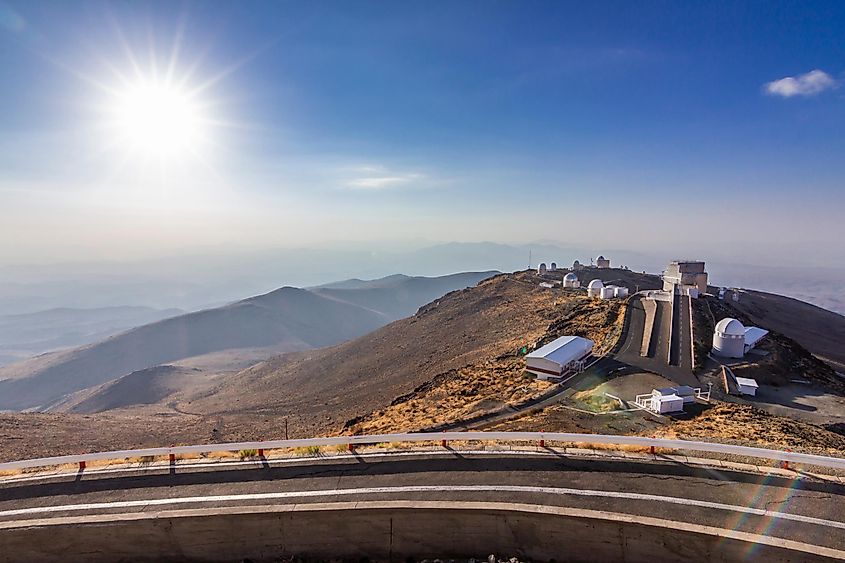
La Silla Observatory is a European Southern Observatory (ESO) observing site. It is located on the outskirts of the Atacama Desert, approximately 370 miles north of Santiago, at an altitude of 2,400 meters. La Silla Observatory has one of the world's darkest skies due to its far distance from light pollution. The world's first observatory to earn the International Organization for Standardization (ISO) 9001 Quality Management System certification.
Instruments at La Silla include the 3.58-meter New Technology Telescope (NTT) and Geneva Observatory's Leonard Euler Telescope. There are about 300 peer-reviewed publications that involve work conducted at La Silla. Specifically, notable discoveries and research were conducted at the observatory related to the study of the nearest recent supernova, the role of gamma-ray bursts with massive star explosions, and low-mass exoplanets.
Yerkes Observatory, Wisconsin, United States
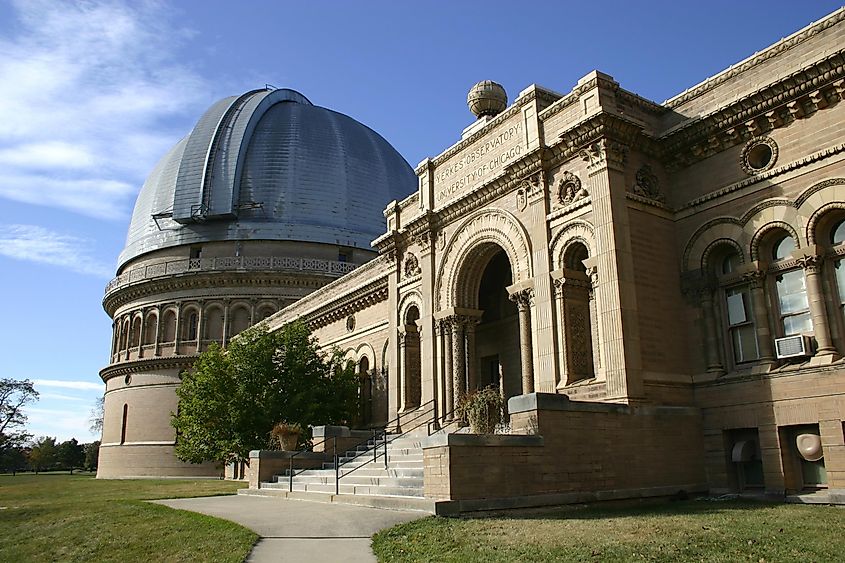
The Yerkes Observatory was founded in 1897 and was built for approximately $300,000. The funds to build the observatory came from Charles Tyson Yerkes, a wealthy businessman facing fraud, embezzlement, and bribery charges. Young entrepreneur and astronomy lover George Ellery Hale convinced Yerkes to provide the funds to build the facility, stating that his name would live forever through the project. As a bonus, Yerkes felt that funding an educational endeavor may salvage his criminal reputation.
Today, the Yerkes Observatory sits in Williams Bay, Wisconsin, and is known for housing the largest refracting telescope for research. For over 125 years, the observatory and its scientific facilities attracted the brightest minds in astronomical science, which led to amazing discoveries here. With the help of the Yerkes Observatory, Sherburne W. Burnham cataloged 13,665 star systems, while Edwin Hubble photographed the world's first evidence of an expanding universe!
Palomar Observatory, California, United States
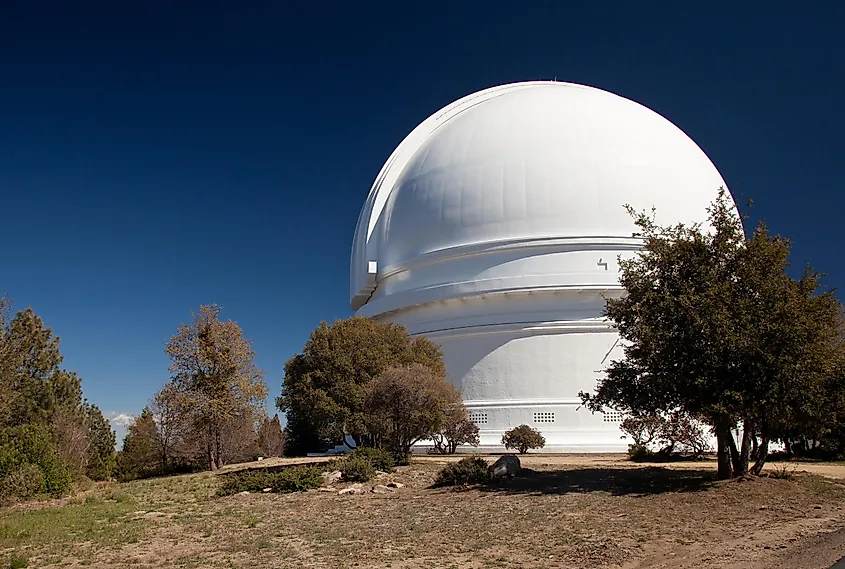
Palomar Observatory sits on Palomar Mountain in San Diego County, California. Palomar Mountain was chosen as an ideal location for the observatory due to its geologically stable location.
The existence and vision of the Palomar Observatory are credited to George Ellery Hale, who secured a $6 million grant from the Rockefeller Foundation in 1928 for the project. Using his experience from constructing the Yerkes Observatory, Hale spearheaded the construction of Palomar. By 1949, the telescope and the observatory were completed.
This American observatory contains three research telescopes: the Hale Telescope, the Samuel Oschin Telescope, and a 60-inch telescope. The California Institute of Technology operates it and has been a world-class research facility in astronomical science since the 1930s.
Very Large Telescope, Atacama Desert, Chile
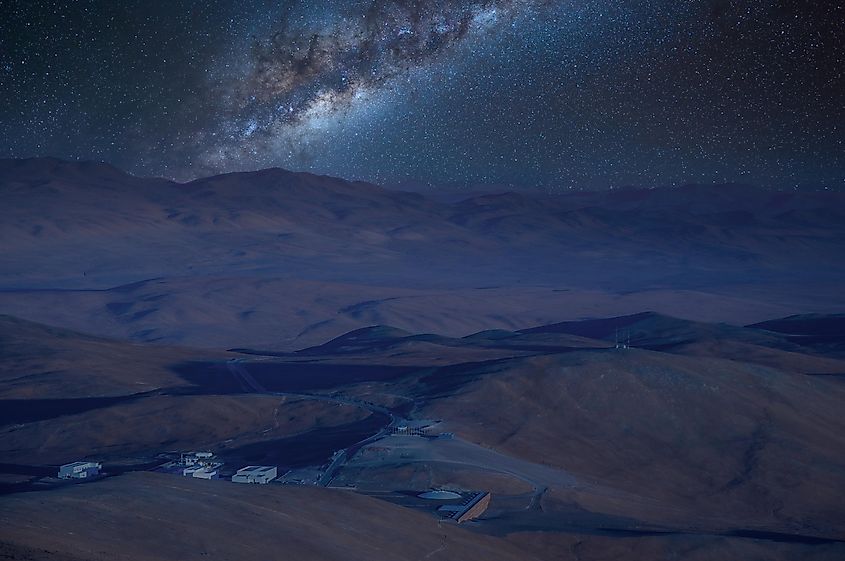
The Very Large Telescope can be found at Cerro Paranel in Chile. Despite its simple, no-nonsense name, the VLT is the world's most state-of-the-art visible-light astronomical observatory. The VLT includes four Unit Telescopes and four Auxiliary Telescopes, which work collectively to form the ESO Very Large Telescope Interferometer. However, Unit Telescopes can be used separately to capture celestial objects in a one-hour exposure. The large telescopes are named after the Mapuche people of Chile, and include Antu (the Sun), Kueyen (the Moon), Melipal (the Southern Cross), and Yepun (Sirius).
Being one of the world's most advanced astronomical observatories, it's estimated that results obtained from the VLT result in the publication of one peer-reviewed scientific research article per day (on average). Specifically, the Very Large Telescope and its researchers can be credited for discoveries like producing the first image of an extrasolar planet and tracking stars moving around the supermassive black hole at the heart of the Milky Way.
The Arcetri Observatory, Florence, Italy
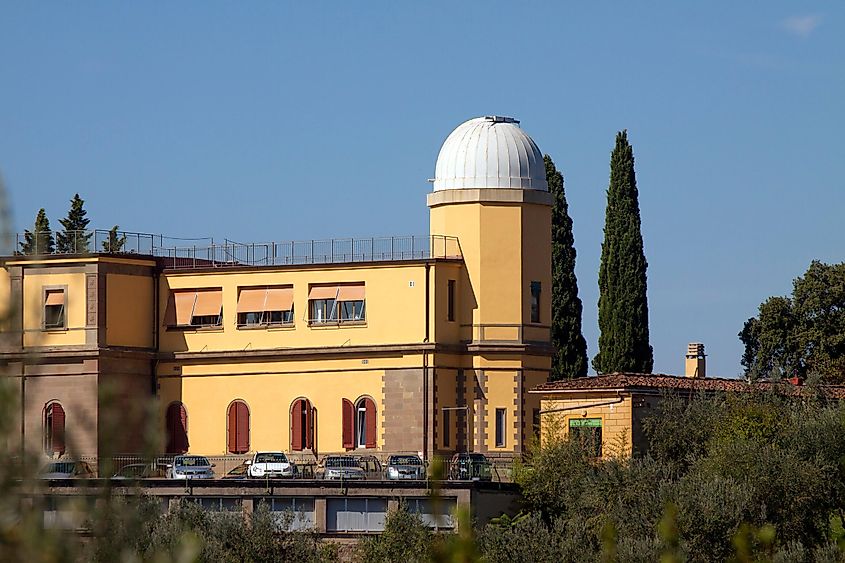
Part of the National Institute of Astrophysics (INAF), the Arcetri Observatory is also known as the Arcetri Astrophysical Observatory or the Osservatorio Astrofisico di Arcetri (OAA). This European observatory resides in Florence and has been around since Florence was Italy's capital since 1869!
Research is conducted at the Arcetri Observatory, specifically by the University of Florence and its Department of Physics and Astronomy. However, there are around 100 staff working there, some of which are international professionals and students. Research at the Arcetri Observatory includes topics related to novel star formation, final phases of stellar evolution, nearby galaxies, star clusters, and the Solar System.
Besides being a research facility, the Arcetri Observatory is also open to the public. The Amici Telescope is available to visitors who want to observe the skies during guided school and public tours. Workshops are also held at the facility for families and children.
Cerro Tololo Inter-American Observatory
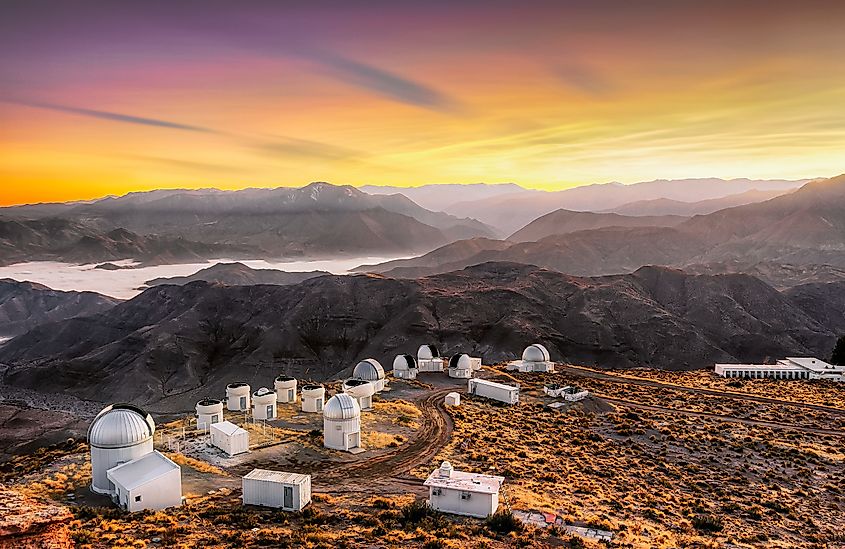
Abbreviated as CTIO, the Cerro Tololo Inter-American Observatory sits at 7,200 feet, 310 miles north of Santiago and east of La Serena in Chile. Cerro Tololo includes about 40 telescopes, including the Victor M. Blanco 4-meter Telescope and the Southern Astrophysical Research (SOAR) Telescope. This Southern American observatory was established in 1963 and is part of the US National Optical Observatory.
The Cerro Tololo Inter-American Observatory supports 11 research projects and tenant observatories, which international researchers and professionals use. Moreover, the public can participate in guided tours of Cerro Tololo all year round, every Saturday. Tours are available in Spanish and English and will walk visitors through the observatory's history, telescope operation, and work currently done by researchers at Cerro Tololo.
To this day, international scientists and researchers are still exploring space using state-of-the-art technology and complex telescopes, discovering findings that slowly reveal the nature of the universe (and perhaps, beyond). Specifically, these astronomical observatories are recognized as some of the best in the world, mainly due to their scientific contributions.











